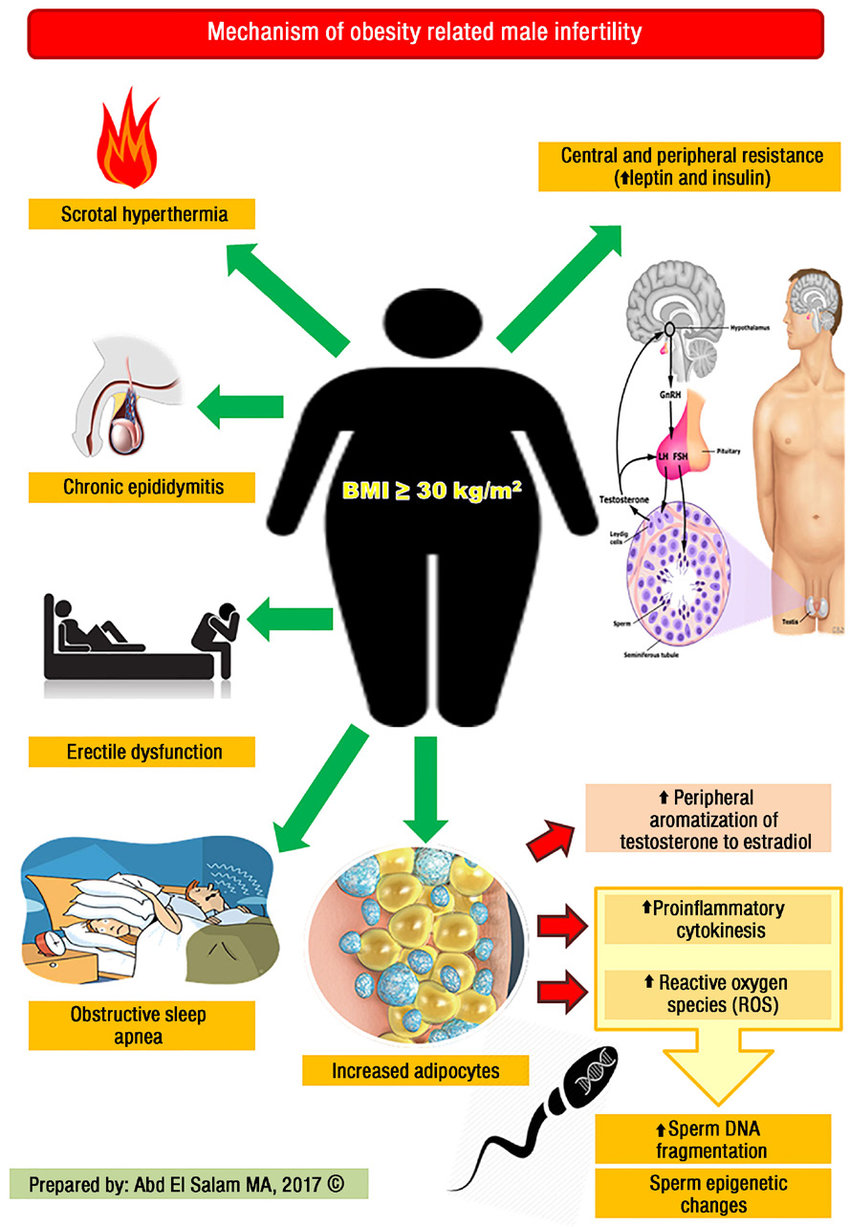The World Health Organization (WHO), has disclosed that worldwide, more than one billion people have obesity compromising 650 million adults, 340 million adolescents and 39 million children.
However, while weight and overall health aren’t always connected, obesity is often considered a cause of multiple co-morbid and chronic medical conditions, including type 2 diabetes, some forms of cancer and heart disease.
Also, the World Population Review (WPR), on ‘Obesity Rates by Country 2023’, explains obesity as when a person’s weight is higher than what is considered healthy for their height, their condition is described as overweight or obese.
It says body weight results from several factors, such as poor nutritional choices, overeating, genetics, culture, and metabolism.

Obesity is also linked to many health complications and diseases, such as diabetes, heart disease, certain types of cancer, and stroke just as it is described as the leading preventable cause of preventable death.
The WPR notes that despite its negative effects these conditions can have on a person’s health, more people are overweight or obese today than ever before in history.
The report notes that obesity is considered a modern epidemic in most parts of the world which is why it has nearly tripled since 1975, with about 13% of adults being obese and about 39% of adults being overweight across the world.
Also dissecting the incidences of obesity by country, the report indicates that obesity rates vary significantly per country as a result of different lifestyles and diets saying that so far, “There is no direct correlation between the obesity rate of a country and its economic status; however, wealthier countries tend to have more resources to implement programs, campaigns, and initiatives to raise awareness and education people about what they are consuming.
“These are among the healthiest countries globally. Some regions of the world, such as the South Pacific, have seen alarming increases in obesity rates within the past five years. Some governments, such as the United States government, have launched campaigns in recent years to promote healthier lifestyles and being active.”
Further expatiating on the Body Mass Index (BMI), the report explicates that it is the most commonly used method of measuring obesity as it divides a person’s weight (in kilograms) by their height (in meters) squared, and additionally giving its medical scores break down as follows:
• BMI under 18.5 = underweight
• BMI 18.5 to <25 = healthy
• BMI 25 to <30 = overweight
• BMI 30 to <35 = obese (class 1)
• BMI 35 to <40 = obese (class 2)
• BMI 40 or higher = obese (class 3 – morbid)

The report also clarifies that “BMI is not a perfect measure in particular because it can sometimes give a ‘false positive’ score to athletic individuals, whose high BMIs are due not to excess body fat, but to excess muscle.”
As a result of this inaccuracy, many medical experts are switching to waist-to-height ratio (WHtR), which compares the circumference of a person’s waist to their height. If the waist is more than half the height, (or more than 6/10 the height for those over 50), that person is obese.
WHtR is considered much more accurate than BMI, but is also much newer. Over time, as it is adopted by more countries, WHtR could easily replace BMI as the de facto measure of a person’s weight health, the report noted.
Experts say that people gain weight when they eat more calories than they burn through activity. This imbalance is the greatest contributor to weight gain.


